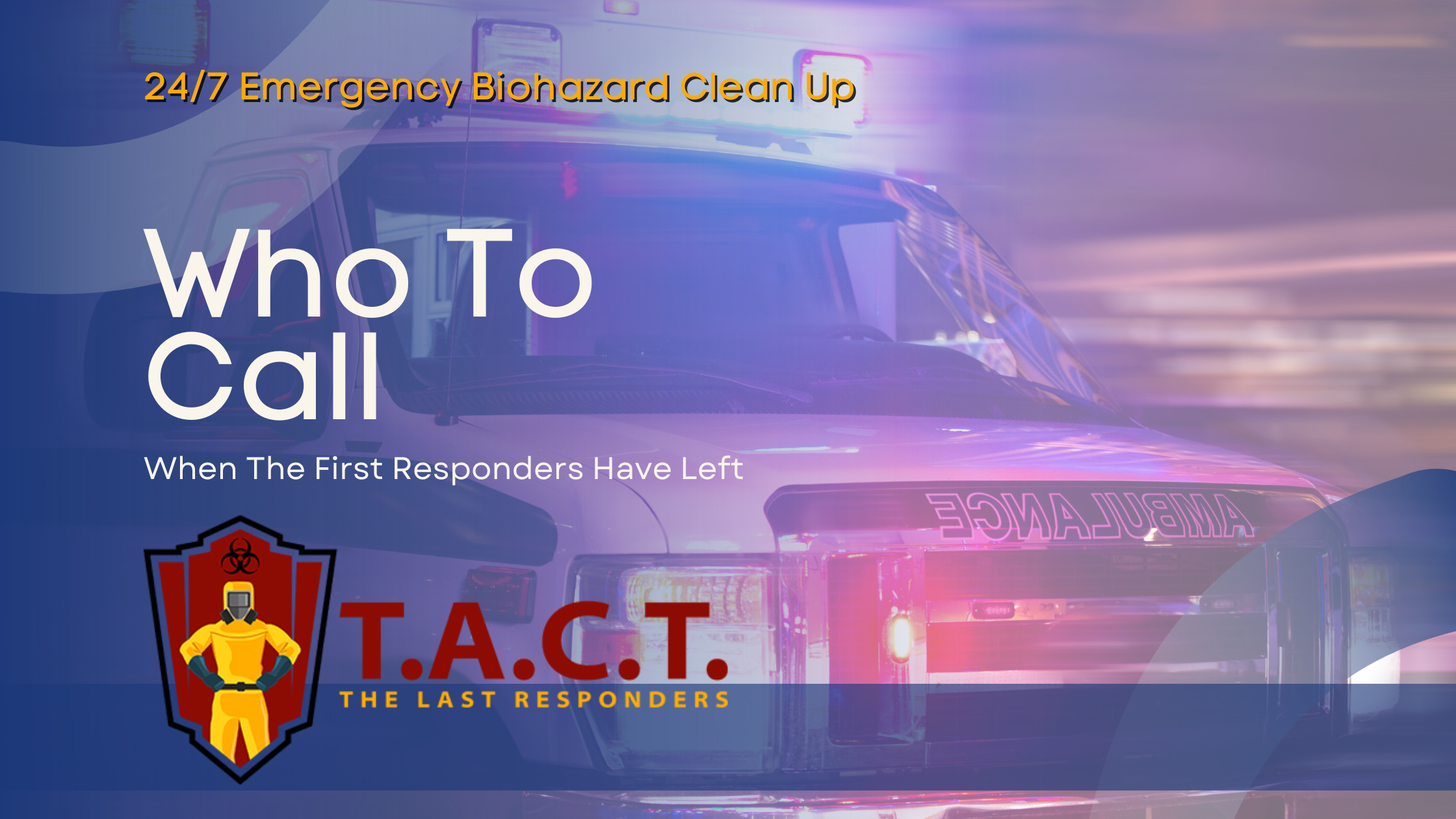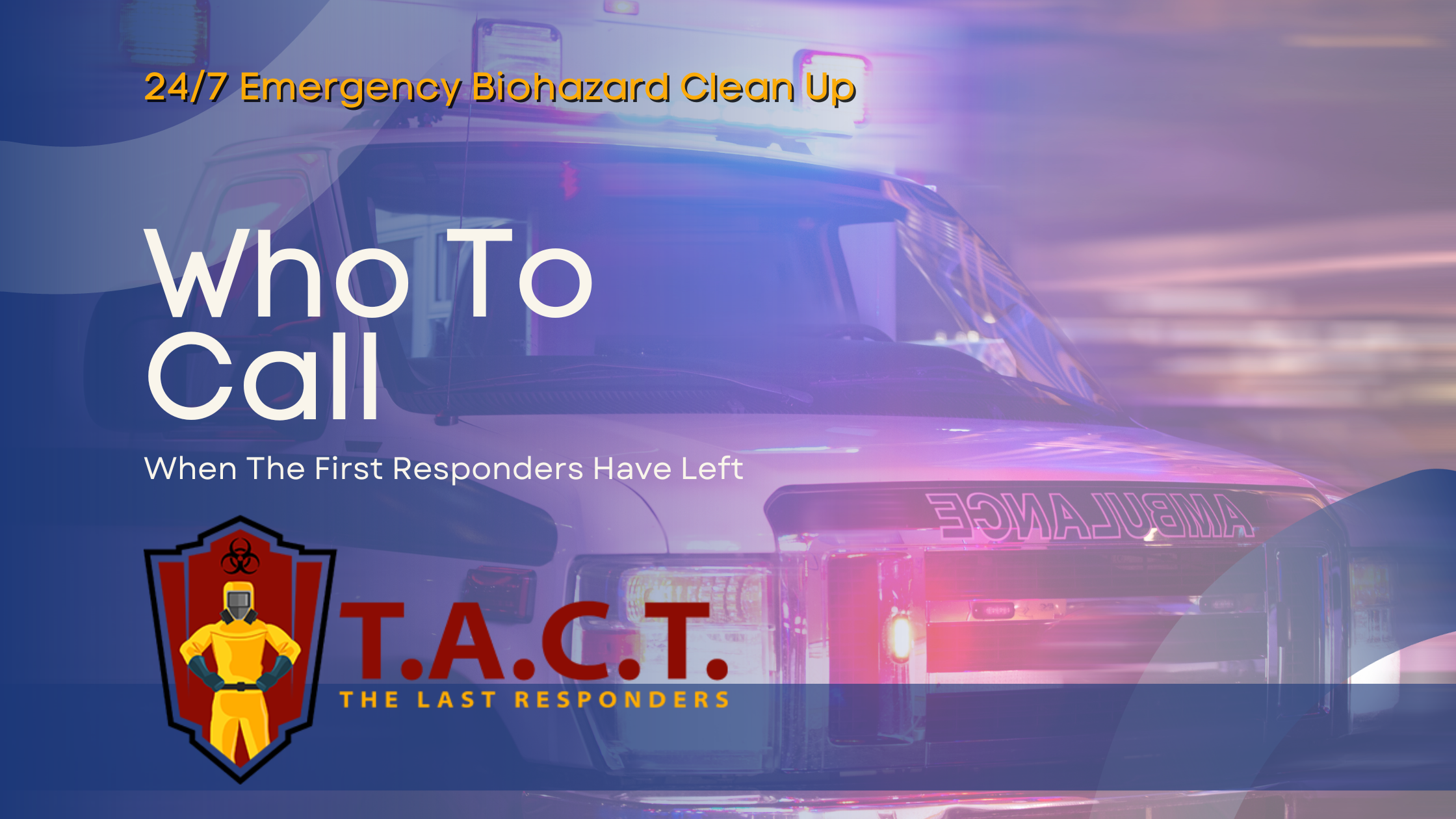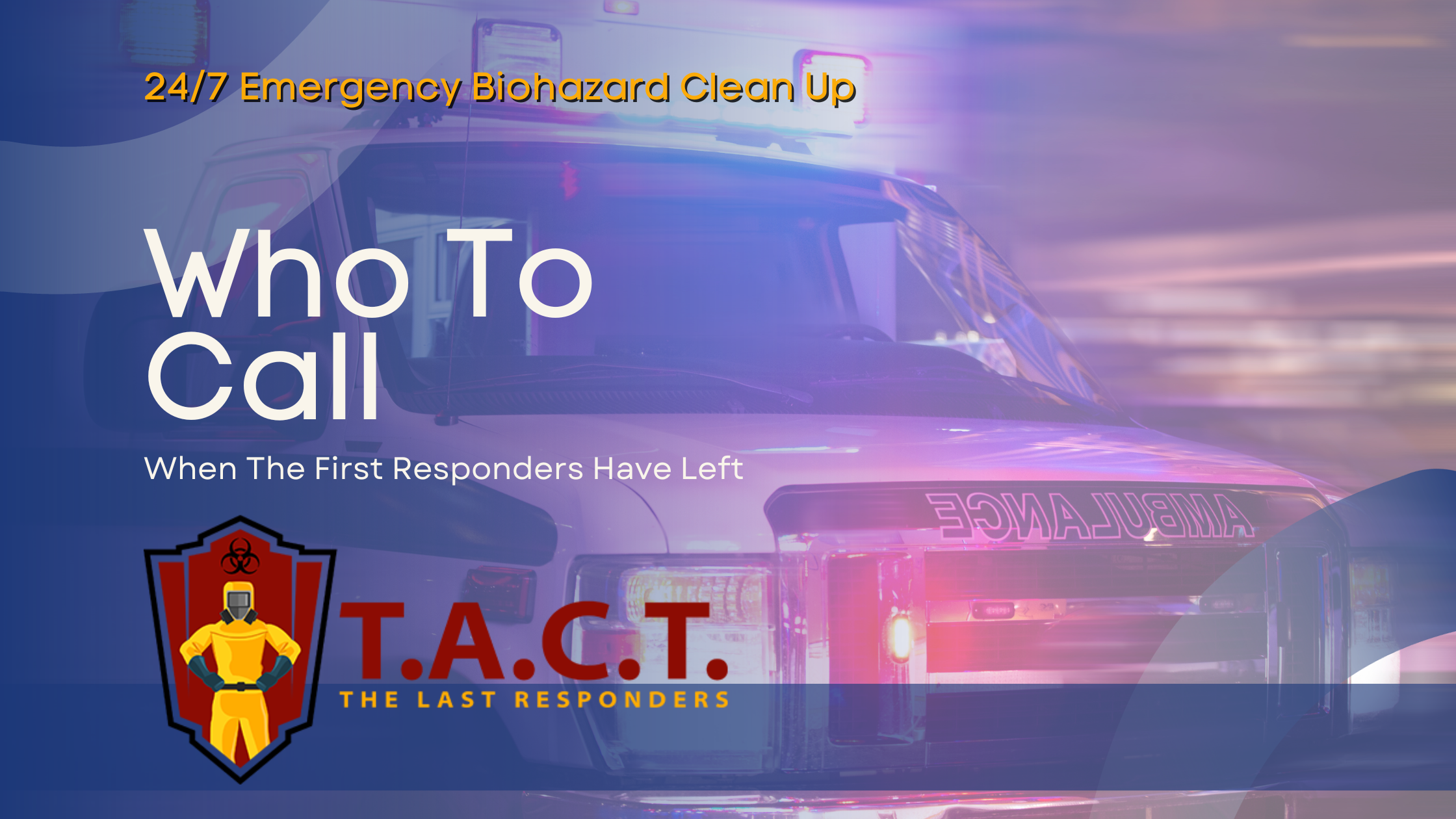Steps to Clean Up Hazardous Waste Safely

Effective Hazardous Materials Clean-Up: Essential Steps and Guidelines
When hazardous materials spill, the risks to health, safety, and the environment can be severe. Accidents and natural disasters can lead to hazardous materials incidents, requiring immediate attention. From chemical compound leaks to biohazard mishandling, these incidents require proper attention, specialized skills, and rapid response. If you manage a facility that handles hazardous materials, a detailed understanding of how to approach clean-up is essential—not just to protect your organization but to safeguard your employees, community, and the planet.
This comprehensive guide will walk you through the critical steps and considerations for effective hazardous materials clean-up, covering everything from emergency response readiness to regulatory compliance. It is crucial to quickly identify the type of hazardous material involved to ensure the right response. For effective hazardous materials clean-up, seeking professional assistance and service is highly recommended.
What Constitutes Hazardous Materials?
Understanding Hazardous Waste
Hazardous waste includes substances that pose serious harm to humans, animals, and the environment. These can be biological, chemical, radiological, or physical. Examples include corrosive chemicals, infectious biohazards, and even seemingly benign compounds that can become toxic under certain conditions. Wastes are classified into different categories, such as listed wastes, characteristic wastes, universal wastes, and mixed wastes, each requiring specific waste disposal methods to ensure compliance and safety.
These materials are massive regulatory concerns, with oversight from bodies like the Environmental Protection Agency (EPA) ensuring that proper handling, storage, transportation, and disposal protocols are adhered to. Failing to comply can result in steep penalties and long-term environmental repercussions.
Handling Hazardous Materials
Proactive Protocols
Even the best-run facilities can experience spills. Hazardous materials may be radioactive, explosive, highly flammable, or toxic, making preparation the best line of defense. When spills occur during production, storage, or transport, prompt and accurate action is critical to minimizing harm. Facilities should have clear procedures in place for managing chemical spills, including steps for containment, cleanup, and reporting, to ensure safety and compliance.
Here’s how facilities can reduce risk through proper material handling:
Store hazardous materials in secure, labeled containers.
Regularly inspect storage areas for faults or wear.
Train all personnel on handling protocols and provide routine refreshers.
Emergency Response Guidelines
Equipping and Training Employees
When a hazardous material incident occurs, a prepared team can mean the difference between containment and escalation. Emergency response should be guided by clear procedures that direct staff on evacuation routes, containment measures, and full cleanup until the hazard is neutralized.
Key Steps in Emergency Response:
Equip responders with personal protective equipment (PPE) to minimize exposure risks.
Develop a robust response plan that is tailored to your specific material risks.
Conduct regular safety drills to ensure employees act quickly and effectively, and ensure all emergency response procedures align with occupational safety standards.
The Crucial Steps in Spill Cleanup
Containment, Cleanup, and Disposal
Effective cleanup after a spill requires precision and expertise. Differentiating between minor and major spills is the first step. Minor spills might only need basic cleanup tools, while larger incidents demand advanced equipment and highly trained teams.
Containment
Prevent the hazardous substance from spreading by sealing off the affected area. After an accident, it is crucial to follow established protocols to minimize further contamination and ensure safety.
Cleanup
Based on the spill’s nature, use materials designed for absorption or neutralization. Ensure chemical-specific disposal practices are followed.
Transport the waste to a regulated disposal facility, ensuring compliance with labeling and recordkeeping requirements as mandated by the EPA.
Properly Clean and Restore Affected Areas
Properly cleaning and restoring areas impacted by hazardous spills is essential to protect human health, the environment, and your facility’s ongoing operations. After a spill, the affected site must be thoroughly addressed to ensure that no contamination remains and that the area is safe for future use.
The cleanup process begins with the careful removal of hazardous materials using established chemical spill cleanup procedures. This involves selecting the right cleanup materials—such as absorbents, neutralizers, and containment tools—tailored to the specific hazardous substances involved. Personal protective equipment (PPE) is mandatory throughout the process to shield workers from toxic substances and minimize exposure risks.
Decontamination is the next critical step. All surfaces, equipment, and materials that came into contact with hazardous waste must be properly decontaminated to eliminate any lingering threats. This may require specialized cleaning agents and techniques, especially when dealing with persistent or highly toxic substances.
Disposal of contaminated materials is handled according to strict hazardous waste cleanup protocols. All waste must be transported to an approved disposal facility, ensuring compliance with environmental regulations and preventing further spread of hazardous substances.
For major spills, a comprehensive range of services and equipment is often necessary. This can include deploying pumps, vacuums, and other advanced tools, as well as assembling an experienced team of qualified personnel to manage the entire cleanup operation. Their expertise ensures that every aspect of the spill cleanup is handled safely and efficiently, from initial containment to final restoration.
Minor spills, while less complex, still require immediate action and adherence to specific protocols. Even with limited resources, it’s vital to use appropriate cleanup materials and follow established procedures to prevent additional contamination and health risks.
By acting quickly and relying on qualified personnel with the right expertise, facilities can minimize the risks associated with hazardous spills. Proper cleanup and restoration not only safeguard the environment and human health but also ensure that your site is fully compliant and ready for safe, ongoing use.
Safe Disposal of Hazardous Waste
Disposing of hazardous waste is a detailed process requiring compliance with strict EPA standards. Transporting waste to specialized facilities involves ensuring all containers are labeled and sealed, with detailed documentation tracking each step, including the safe handling and disposal of gas cylinders and gas-related materials. Proper disposal is non-negotiable to protect groundwater, soil health, and air quality.
Managing Bloodborne Pathogens
Bloodborne pathogens such as HIV, hepatitis, and other infectious diseases (commonly referred to as blood borne pathogens) pose an added layer of risk in biohazard cleanup.
Facilities that handle bodily fluids must enforce rigorous decontamination procedures to shield workers from exposure. In any biohazard situation, professional cleanup is crucial to prevent improper handling and reduce the risk of exposure to dangerous pathogens.
Essential Safety Practices Include:
Proper PPE for employees working with biohazards.
Detailed decontamination procedures that involve modern cleaning technologies.
Stringent disposal regulations to eliminate risks of cross-contamination.
Specialized cleaning services often deploy highly trained technicians to deal with these sensitive tasks, ensuring the safety of all parties involved.
Comprehensive Hazardous Waste Services
Effective hazardous materials management requires a multi-faceted approach. Offering a comprehensive range of services ensures that facilities are not only addressing immediate spills but are also prepared for future scenarios. Key services include:
Emergency Response
Expert teams deploy within hours to address major incidents.
Spill Cleanup
From containment to final disposal, spill experts handle the entire process.
Customized Training Programs
Facilities can arrange for tailored sessions to continuously upskill staff.
Professional cleanup teams can also work directly with your insurance company to streamline claims processing and support the cleanup process.
Preventing Hazardous Spills
While cleanup is critical, prevention saves lives and resources. Forward-thinking facilities implement regular risk assessments and preventive measures to mitigate the chances of a spill. Elements of a proactive prevention strategy should include:
Clear labeling and updated Material Safety Data Sheets for all compounds.
Routine equipment audits and facility inspections.
Investing in spill prevention tools like secondary containment systems.
Maintaining Compliance with Regulations
Regulatory compliance is non-negotiable when handling hazardous substances. Standards set by organizations like OSHA and the EPA dictate everything from chemical storage to emergency readiness. Non-compliance not only risks financial penalties but endangers lives and the environment.
Best Practices for Remaining Compliant:
Schedule regular audits to review facility operations for adherence to regulations.
Invest in employee training to ensure they know protocol in every situation.
Maintain meticulous records of hazardous materials to validate proper usage and disposal.
Creating a Culture of Safety
Safety doesn’t just happen; it is cultivated by organizations that prioritize their people and the environment. By promoting regular training, empowering employees to take safety personally, and securing expert partnerships, companies can build a workplace that doesn’t just prepare for incidents—but actively works to prevent them.
Meta Data
Meta title
Steps to Clean Up Hazardous Waste Safely
Meta description
Learn essential steps for managing hazardous spills, EPA compliance, and creating a safer environment in your facility with expert guidance.



